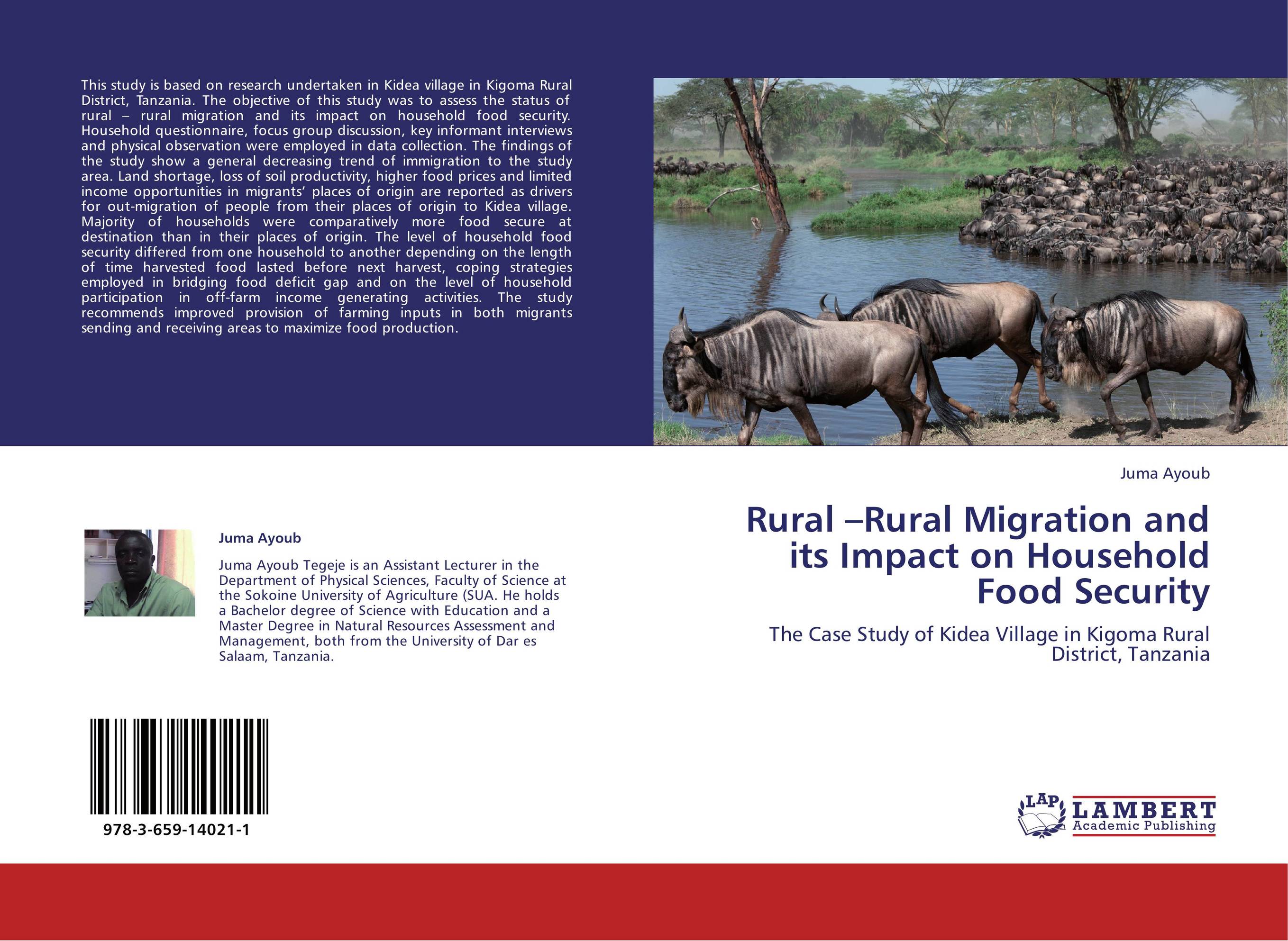| Поиск по каталогу |
|
(строгое соответствие)
|
- Профессиональная
- Научно-популярная
- Художественная
- Публицистика
- Детская
- Искусство
- Хобби, семья, дом
- Спорт
- Путеводители
- Блокноты, тетради, открытки
Rural –Rural Migration and its Impact on Household Food Security. The Case Study of Kidea Village in Kigoma Rural District, Tanzania

В наличии
| Местонахождение: Алматы | Состояние экземпляра: новый |

Бумажная
версия
версия
Автор: Juma Ayoub
ISBN: 9783659140211
Год издания: 2012
Формат книги: 60×90/16 (145×215 мм)
Количество страниц: 76
Издательство: LAP LAMBERT Academic Publishing
Цена: 30358 тг
Положить в корзину
Позиции в рубрикаторе
Сферы деятельности:Код товара: 485240
| Способы доставки в город Алматы * комплектация (срок до отгрузки) не более 2 рабочих дней |
| Самовывоз из города Алматы (пункты самовывоза партнёра CDEK) |
| Курьерская доставка CDEK из города Москва |
| Доставка Почтой России из города Москва |
Аннотация: This study is based on research undertaken in Kidea village in Kigoma Rural District, Tanzania. The objective of this study was to assess the status of rural – rural migration and its impact on household food security. Household questionnaire, focus group discussion, key informant interviews and physical observation were employed in data collection. The findings of the study show a general decreasing trend of immigration to the study area. Land shortage, loss of soil productivity, higher food prices and limited income opportunities in migrants’ places of origin are reported as drivers for out-migration of people from their places of origin to Kidea village. Majority of households were comparatively more food secure at destination than in their places of origin. The level of household food security differed from one household to another depending on the length of time harvested food lasted before next harvest, coping strategies employed in bridging food deficit gap and on the level of household participation in off-farm income generating activities. The study recommends improved provision of farming inputs in both migrants sending and receiving areas to maximize food production.
Ключевые слова: population dynamics, Migration and Food Security



